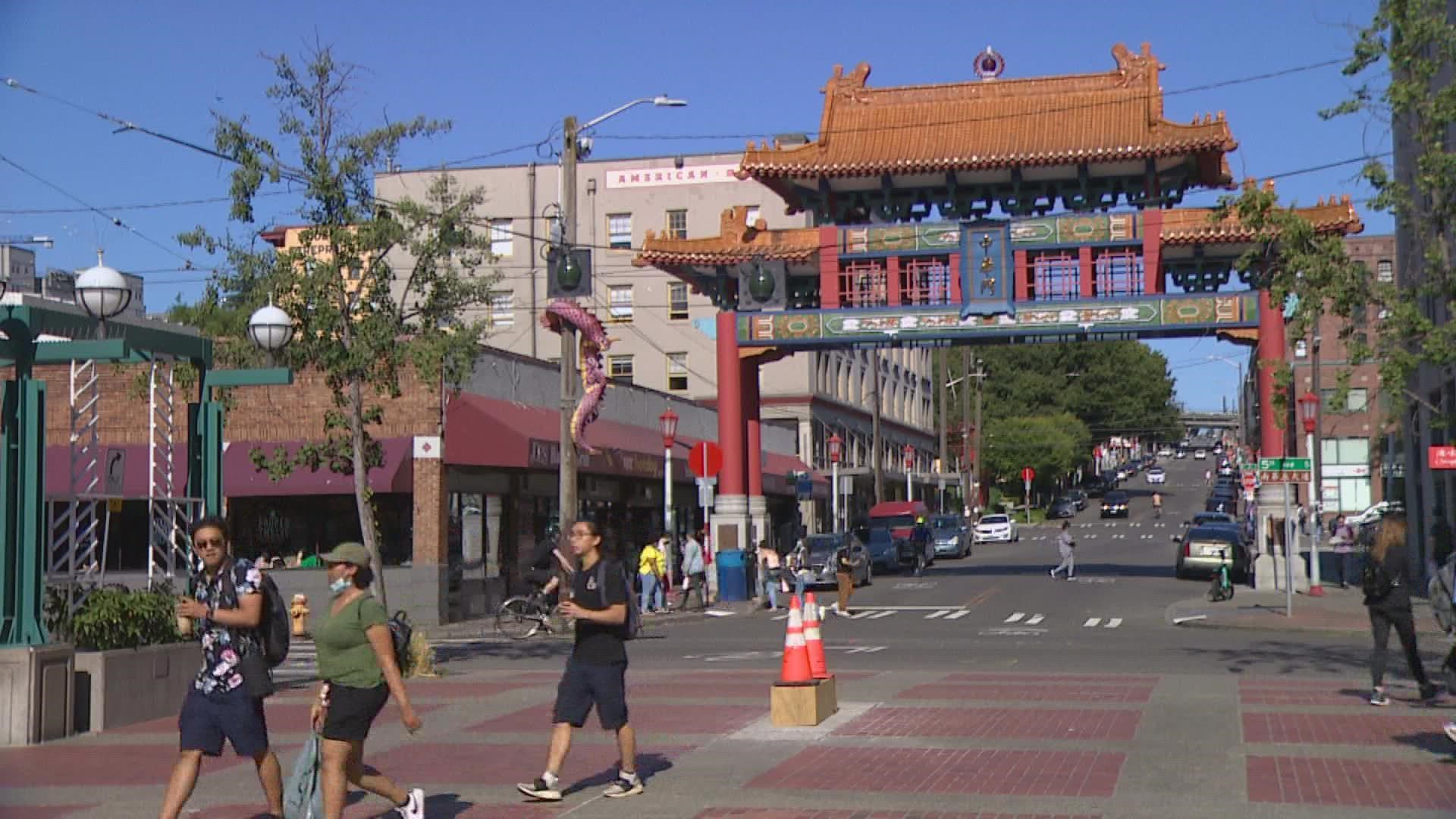SEATTLE — Residents of Seattle's Chinatown-International District (CID) are pleading with Sound Transit to re-design its proposed plans for a new light rail station. Community members prepared posters and remarks Wednesday night, which they plan to share at Thursday's Sound Transit board meeting.
"The beauty of this event is everyone is coming with their own slogans, their own signs and saying what this means to them," said Meilani Mandery, who lives and works in the neighborhood.
Wednesday's gathering was organized by the CID Coalition.
"What I'm currently writing now is 'Popo needs a place to live.' Popo is Cantonese, at least in my dialect, for grandma," explained Mandery.
On Thursday, Sound Transit's board will meet for a System Expansion Committee meeting at 1:30 p.m. at Union Station. Mandery and other residents plan to share their thoughts about the project during public comment.
"These choices are affecting so many lives," said Monyee Chau. Chau operates a community space in the neighborhood.
Sound Transit plans to extend the light rail system from West Seattle to Ballard. The proposal includes the reconstruction of the Chinatown-International District light rail stations. There are five possible design plans. Depending on the plan, Sound Transit estimates five to 19 businesses in the neighborhood would be displaced. Construction could take up to 11 years and cost between $1.2 and $1.8 billion.
"Up to a decade of construction? Doesn't guarantee that [businesses] come back. Doesn't guarantee that they can survive," said Mandery.
Seattle City Council passed a resolution Tuesday in support of the expansion. However, the resolution did highlight concern over the proposed designs.
"Today's resolution acknowledges more time and community engagement are needed before making generational decisions that impact the Chinatown-International District," said Councilmember Alex Pedersen.
The resolution said the city recommends Sound Transit work with the CID, Pioneer Square, community members and groups during a six-to-nine month planning process that should focus on providing mitigation and improvements to the current design plans.
"As the neighborhood further gentrifies, thinking about our elders and other low-income and CID residents, as this neighborhood changes, these people are getting pushed out," said Mandery. "I want Sound Transit to go back to the drawing board and continue their work with a people-centered view."
Sound Transit has said public input is an essential element of the process. They plan to make a final design decision by next year.

